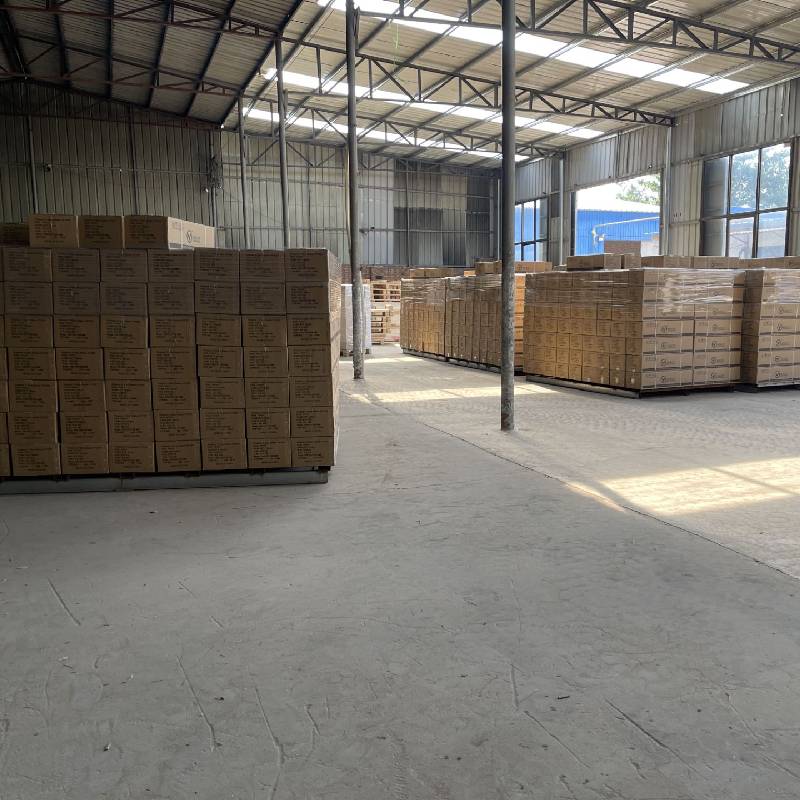
- Mobile Phone
- +8613931874955
- sales@cntcmetal.com
heavy duty coil springs
Understanding Heavy Duty Coil Springs An Essential Element in Engineering
Heavy-duty coil springs are integral components present in various mechanical systems and vehicles. Their primary role is to absorb shocks, sustain loads, and maintain structural integrity, thus ensuring smooth operation under demanding conditions. This article delves into the significance, design considerations, and applications of heavy-duty coil springs.
What are Heavy Duty Coil Springs?
Heavy-duty coil springs are specifically engineered to handle high loads and stresses. Made from high-tensile steel or other durable materials, these springs are typically characterized by their thicker wire gauges and larger diameters compared to standard coil springs. They are designed to compress under weight and expand to their original shape when the load is removed, thereby providing exceptional endurance and performance over time.
Design Considerations
The design of heavy-duty coil springs involves several critical factors. First, the wire diameter plays a crucial role in determining the spring’s ability to withstand heavy loads. Thicker wires provide increased strength, but they also result in a stiffer spring, which might not be ideal for all applications. Furthermore, the coil density and the number of active coils contribute to the spring’s load-bearing capacity and comfort level during operation.
heavy duty coil springs

Another vital factor is the material used in manufacturing the spring. High-carbon steel, stainless steel, and heat-treated alloys are common choices, selected based on their tensile strength and fatigue resistance. Additionally, surface treatments, such as coating and galvanization, are used to enhance corrosion resistance and prolong the lifespan of the springs, especially in harsh environments.
Applications of Heavy Duty Coil Springs
Heavy-duty coil springs find applications in various industries, including automotive, aerospace, construction, and manufacturing. In vehicles, these springs are commonly used in suspension systems, where they play a crucial role in providing stability and comfort. They absorb road shocks, ensuring a smooth ride even on rough terrains, while also maintaining proper vehicle height and alignment.
In the construction industry, heavy-duty coil springs are used in machinery such as cranes, excavators, and loaders. Their robust design allows them to support substantial loads, making them critical components in lifting and moving heavy materials. Similarly, in manufacturing settings, these springs are utilized in assembly lines and conveyor systems to manage load distribution and enhance operational efficiency.
Conclusion
Heavy-duty coil springs are essential components that contribute significantly to the functionality and safety of various mechanical systems. Their robust design and ability to absorb shocks under heavy loads make them invaluable across numerous industries. Understanding the engineering behind these springs, including their design considerations and applications, can help engineers and manufacturers optimize their selection and implementation. As technology advances, continued innovation in materials and designs is expected to enhance the performance of heavy-duty coil springs, further solidifying their place in engineering and mechanical design.
share:
-
Your Source for Concrete Wall Ties and Masonry AccessoriesNewsJul.10,2025
-
Unlocking the Power of Iron Wire for Every ProjectNewsJul.10,2025
-
Explore Advanced Chain Wire and Stainless Steel Mesh FencingNewsJul.10,2025
-
Discover the Benefits of Annealed Wire ProductsNewsJul.10,2025
-
Discover China Stainless Steel Wire Mesh SolutionsNewsJul.10,2025
-
Build with Confidence Using High-Performance Masonry AccessoriesNewsJul.10,2025
-
Why Sacrificial Formwork Is Redefining Underground ConstructionNewsJun.06,2025



















